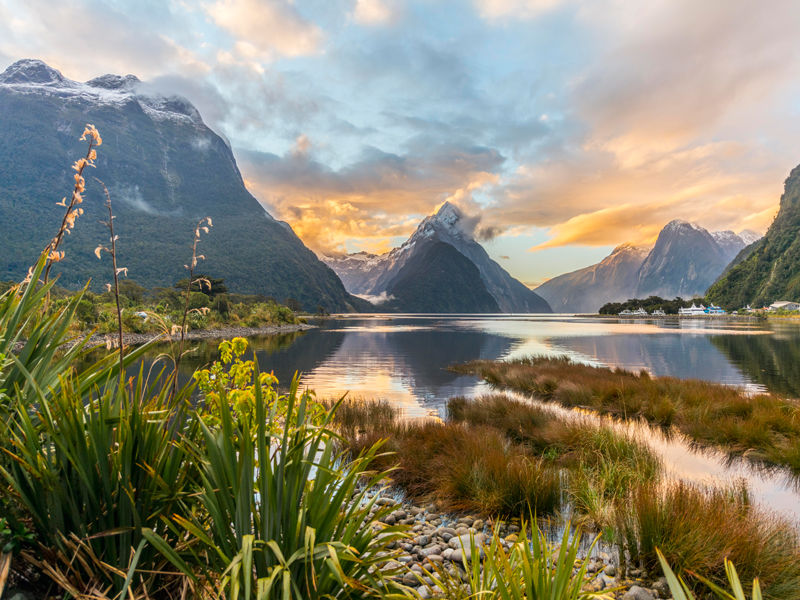Zhangjiajie National Forest Park, China

Zhangjiajie National Forest Park is one of a series of national parks that make up the Wulingyuan scenic and historical site. The area is noted for its 3,000 quartzite sandstone pillars that reach heights of more than 200m.
Torres del Paine National Park, Chile

Located in Southern Chilean Patagonia, Torres del Paine National Park’s spectacular rugged terrain entices around 252,000 visitors each year. A cluster of mountains, glaciers, lakes and rivers make the park a setting like no other.
Saxon Switzerland National Park, Germany

Buried in the rolling hills of the somewhat misleadingly named Saxon Switzerland region in East Germany, the Saxon Switzerland National Park presents a rough, forest-strewn mountain landscape that is rarely found in Central Europe.
Fiordland National Park, New Zealand

New Zealand
Located on New Zealand’s south-west coast, dense forests cling to the sweeping valleys of Fiordland National Park, hiding the vast glaciers and lakes nestled within. In 1908, The Spectator magazine described it as the “finest walk in the world”.
Göreme National Park, Turkey

Göreme National Park’s distinctive volcanic landscape, sculpted entirely by erosion, has long attracted backpackers and archaeology enthusiasts. Villages carved from rock sit alongside Byzantine art and evidence of fourth-century human habitation.





